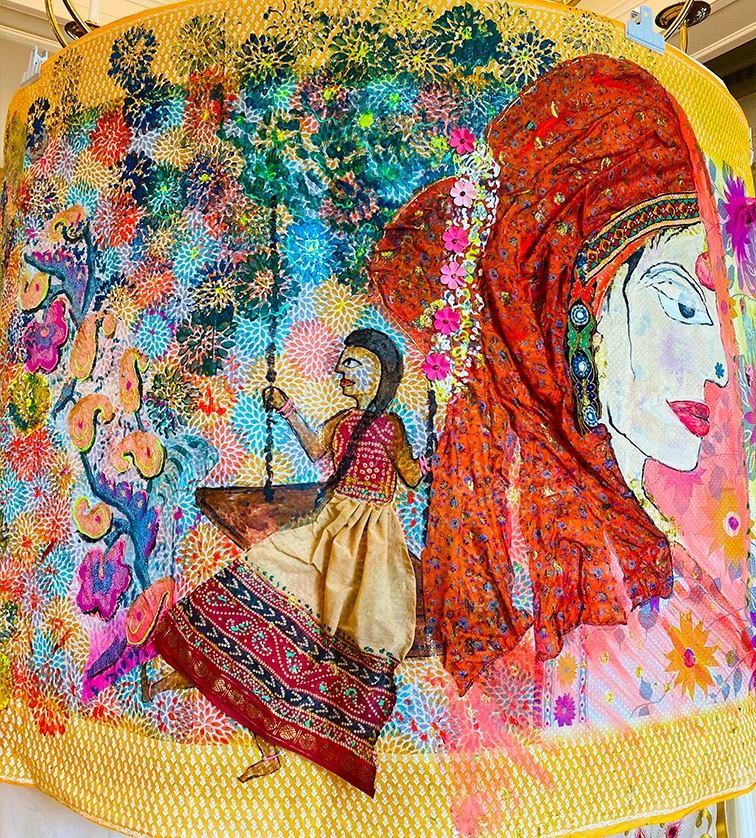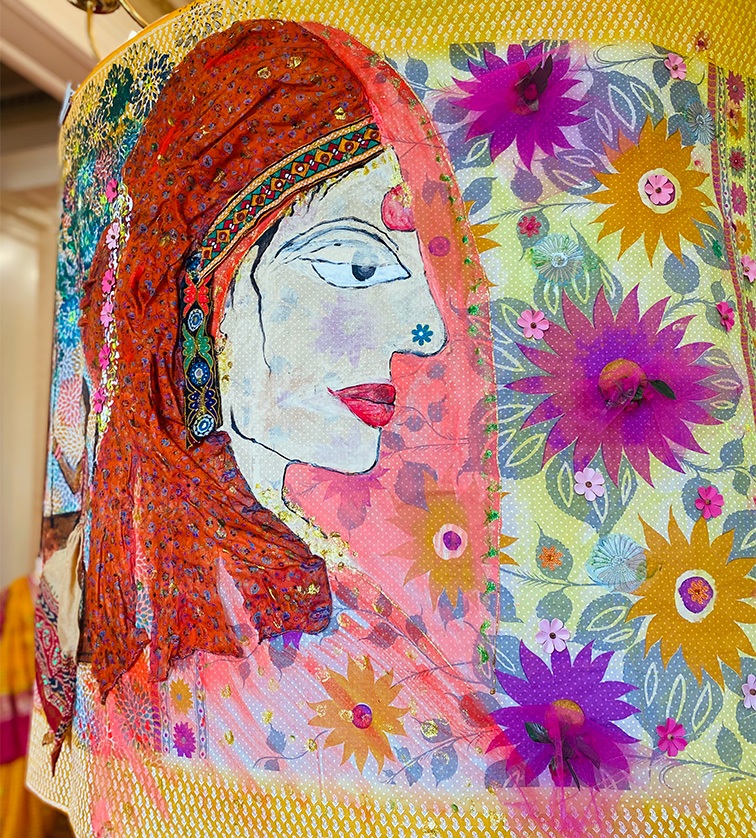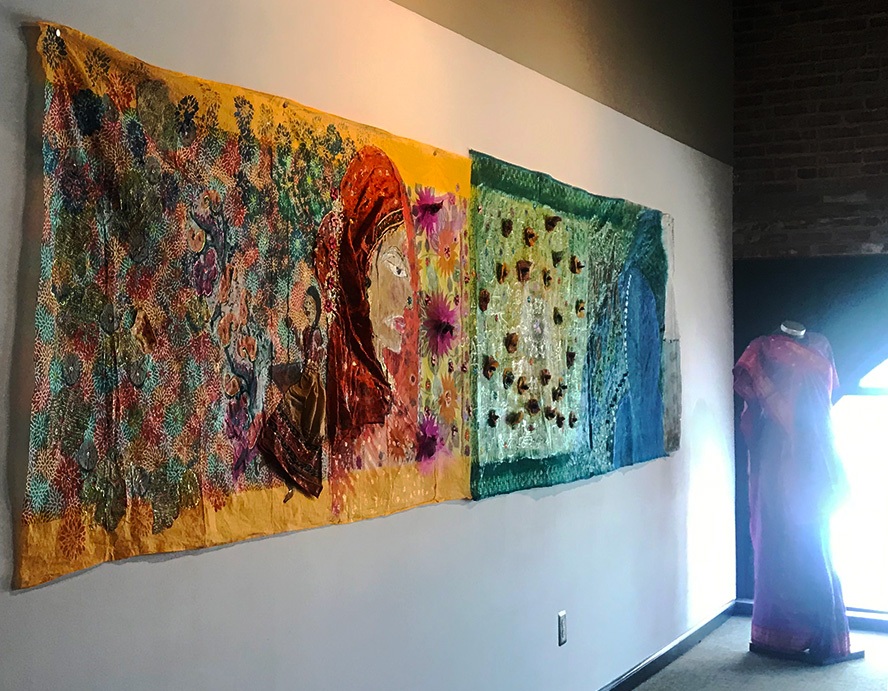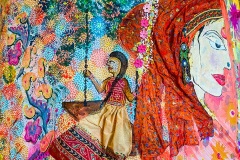The Role of Indian women, through the years, has largely been perceived and judged to be one of subservience and repression.
This is predominantly due to the viewers own cultural experience and their perspective of social structures. When viewed from the outside in, they make judgements and assumptions based on what they perceive as different. Another reason is that the media always draws attention to the negative aspects and dramatic (especially bad) happenings.
When seen collectively through media, literature, and drama, the picture that emerges of the traditional Indian social circle it that women do not have autonomy, partnership with men or power in any manner.
I don’t believe it is that simple, there are many aspects to Indian culture than run counter to that assumption. It certainly is counter to what I have experienced and how my Indian family and friends believe and live.
In order to communicate a different perspective, I have created ‘The Lady In A Sari’ to help others to see and experience the Indian Woman as a matriarch and a leader of her social environment.
The painting is on a sari fabric, two different pieces as it was color that drew me to the emotions of the scene. Thus, I chose both to be my canvas.
The painting has 5 phases: Beginning with a girl child being raised in a free but protective environment by the village. As the girl grows, she is taught and understands that there will be marriage and family in her life.
The second scene is where the girl is ready to be a bride who adorns herself and is ready for the next phase of her life, marriage.
The third scene is where she is in her village. Here she is surrounded by family elders who help her cultivate her life and be part of the social structure of the village. She understands not just her daily responsibilities but also what will come later, leadership. Here she learns and implements it all. The fourth phase is where it is all done. She is alone but looking over what she was able to create. A leader who has brought peace, togetherness, harmony, safety, security and abundance of life. She did not leave a stone unturned. She didn’t just do and exist, but she also learned and taught how to make her circle of life, work.
As she ages, she also takes on the last step of life which is to keep her soul cleansed and ready for Moksha. The fifth phase is her passing on to her place in Heaven: Moksha. Her Karma, a tribute to goodness, has been well blessed, as she achieved what she wanted.





